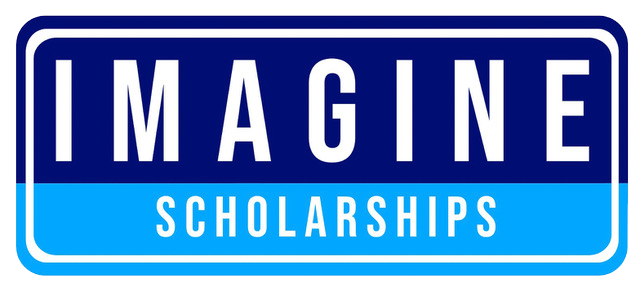We know that financial barriers are one of the main reasons students choose not to enroll in college or leave before finishing their degree. While there are options for paying for school, such as federal financial aid and student loans, there is often a gap between what a student receives and the total cost of their education.
Providing students with more options to fill this gap is a service opportunity for colleges and universities that has the potential to convert more admitted students into enrolled students and to increase retention rates. Most schools offer robust financial aid services such as assistance with FAFSA and options for various types of loans, but fewer offer intentional support for services that introduce students to the many opportunities available for seeking additional money without accruing debt.
Consider scholarships, which offer students a chance at free money and another pathway for paying for their education. These funds pay for tuition and fees. Offering services that help students find viable scholarships is a win-win for both students and schools.
Awareness of scholarship availability, ease of managing these options, and tips for success are not readily available to college students. According to a survey supported by Sallie May in 2020 during the pandemic, 73% of the 851 respondents indicated they did not apply for scholarships (p. 35). Given the thousands and thousands of scholarships available at any given time, why are so few applying? One reason may be the lack of available support. For students with no knowledge of scholarships or how to find good matches, this may seem too daunting. Colleges and universities should make it easy.
Investments in retention strategies vary broadly. Some examples include enhanced academic support, advising services, low-cost or free resource strategies, lower-cost program options, transfer policies, and at-risk monitoring. While these and other strategies have proven successful in admitting and retaining students, there are few schools offering services that actively support students in finding free money. This should be a key component of a comprehensive student enrollment and retention strategy.
Consider the number of admitted students who choose not to enroll or the number of current students who leave due to financial concerns. This translates into real dollars for institutions. Saving even a few students a year results in long-term financial gains. In an era of increasing competition, value-added services are a differentiator, especially one with the potential to help students fund their education. It just makes sense.
Sallie Mae (2020). How America pays for college 2020. https://www.salliemae.com/assets/research/HAP/HowAmericaPaysforCollege2020.pdf
Imagine Scholarships is a simple solution to the complicated problem of helping post secondary students pay for their education.

